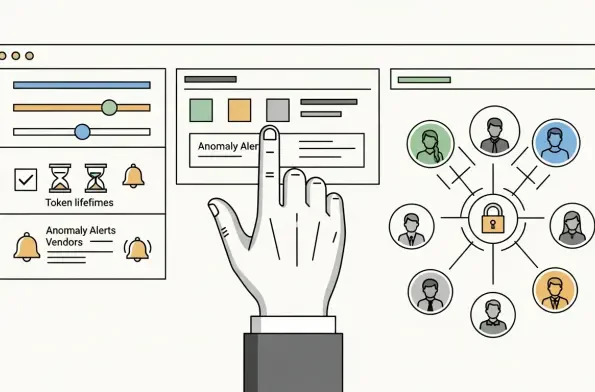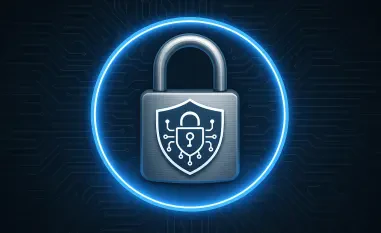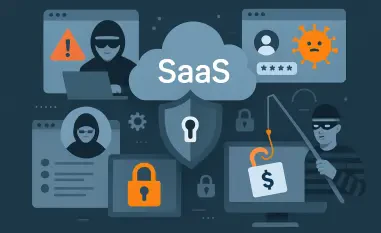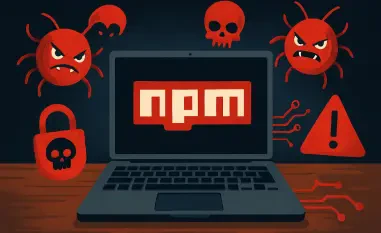When one trusted integration can unlock many doors across a customer data stack, the path from small misstep to large breach becomes frighteningly short and painfully predictable. The recent pattern of OAuth thefts and extortion claims turned a niche integration issue into a wake-up call for anyone running a modern, connected SaaS estate.
What Happened and Why It Matters
Salesforce spotted unusual behavior tied to Gainsight-published apps and swiftly pulled access, making clear the platform itself was not at fault. The weak link sat in external connections where OAuth scopes and tokens did the heavy lifting.
Gainsight acknowledged the fallout, paused related integrations, and engaged third-party forensics. The episode echoed earlier campaigns against CRM-layer apps, showing how stolen tokens, overbroad scopes, and nested vendors can amplify risk across shared customers.
Why Best Practices Are Non‑Negotiable in a Hyper‑Connected SaaS World
Attackers now chase tokens and app trust rather than core platform bugs, because integrations often hold rich data and permissive scopes. Extortion groups amplify pressure with leak threats, forcing fast decisions under uncertainty.
Stronger practices shrink blast radius, speed containment, and preserve business continuity. Clear audit trails, vendor accountability, and lower incident costs follow when permissions are narrow, tokens are governed, and monitoring catches drift early.
Best Practices to Shrink the SaaS Supply Chain Attack Surface
Reducing systemic exposure means translating architecture truths into daily routines for security, IT, and business owners. Scope only what is needed, watch continuously, and separate vendors so one failure does not ripple everywhere.
Moreover, treat integrations as privileged conduits, not harmless add-ons. Controls that feel “heavy” on day one often prove light compared to crisis work during a live incident.
Enforce Least‑Privilege OAuth Scopes and Granular App Permissions
Standardize app approvals with scope reviews, deny broad tenant-wide access by default, and tie grants to specific jobs. Align scopes to concrete use cases and set time limits that require renewal.
Example: A CRM team narrows a success tool from read_all coverage to read-only contacts and cases with 90‑day renewals, cutting exposure dramatically while preserving required workflows.
Centralize OAuth Token Lifecycle Management
Maintain a live inventory of tokens, rotate often, and revoke on anomaly. Block long‑lived refresh tokens and require step‑up authentication for sensitive scopes.
Case in point: After odd API patterns, an enterprise auto‑revoked tokens for a marketing connector and forced re‑auth with MFA, stopping exfiltration mid‑stream.
Segment Vendors by Blast Radius and Apply Compensating Controls
Classify apps by reachable data and lateral reach, then isolate high‑impact tools behind dedicated integration users and scoped networks. Layer CASB or SSPM controls with DLP and egress filtering per segment.
Example: A high‑impact tier uses separate accounts, tight network paths, and DLP on case text exports, preventing mass leakage even if a token is stolen.
Monitor for OAuth Abuse and Anomalous API Behavior
Baseline normal API usage and alert on read spikes, unfamiliar endpoints, new geos, or after‑hours access. Correlate logs across apps to catch cross‑vendor chains.
Example: SIEM logic flags a 10x surge in case reads from a new IP range via a third‑party app; automation suspends the app and pings owners instantly.
Contract for Forensics, Transparency, and Rapid Kill Switches
Bake incident duties into contracts: immediate token revocation, public advisories, and support for independent forensics. Demand proof of secure token storage and tight reporting windows.
Example: A vendor’s SLA triggered a 24‑hour forensics handoff and tenant revocation lists, mirroring rapid marketplace pullbacks during containment.
Practice Containment Drills for App Compromise Scenarios
Run playbooks that simulate token theft, extortion, and suspected leaks. Predefine legal reviews, messaging, and customer notification triggers.
Example: A tabletop on a Scattered Spider–style threat prepared comms and decision paths, enabling same‑day guidance to customers and regulators.
Minimize Data Exposure in Connected Apps
Limit sensitive fields with encryption, tokenization, and selective sync. Where possible, use just‑in‑time access or proxy patterns to avoid persistent copies.
Example: Only hashed emails and minimal case summaries flow to a success platform, keeping full PII inside the core CRM with stricter controls.
Adopt Continuous SaaS Security Posture Management (SSPM)
Continuously scan for over‑permissioned apps, stale tokens, and misconfigurations, then feed results into identity governance for fixes. Automate downgrades where risk outweighs need.
Example: SSPM spotted a dormant connector with admin scopes and auto‑reduced it to read‑only pending owner review.
Bottom Line: Systemic Weakness Confirmed—Here’s How to Proceed
The incident underscored a systemic supply chain problem rooted in OAuth misuse, over‑trusted integrations, and vendor interdependence. The organizations that relied on deep CRM, marketing, and support stacks gained the most by hardening scopes, managing tokens, and segmenting vendors.
Practical next steps centered on requiring least‑privilege scopes and kill switches, watching for API anomalies, and running compromise drills, while curbing data synced to third parties and securing terms for transparent forensics. The decision filter remained simple: vendors that could not prove granular scopes, rapid revocation, and clear incident SLAs did not receive access to high‑value data or workflows.













